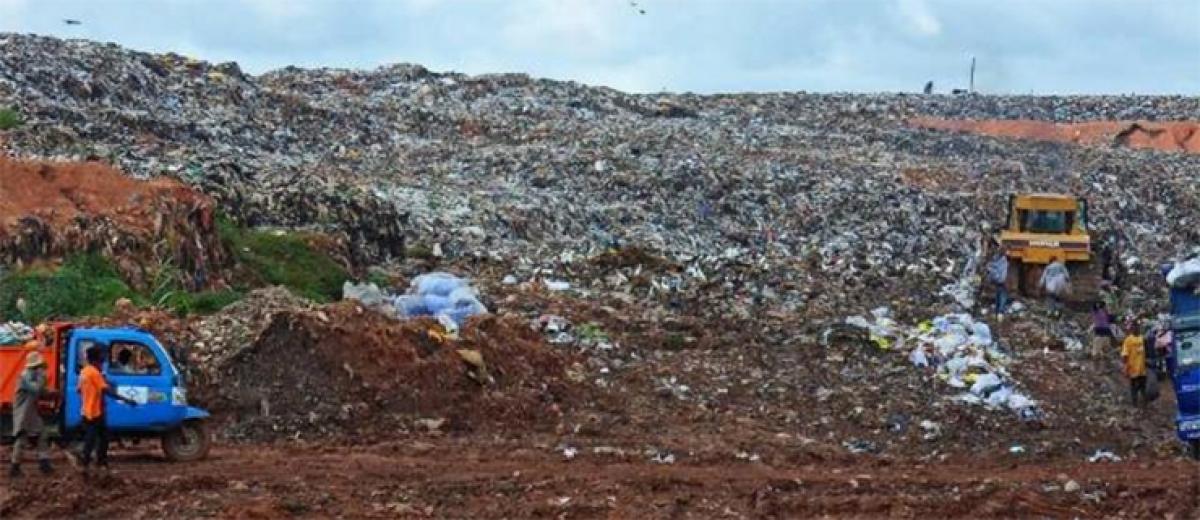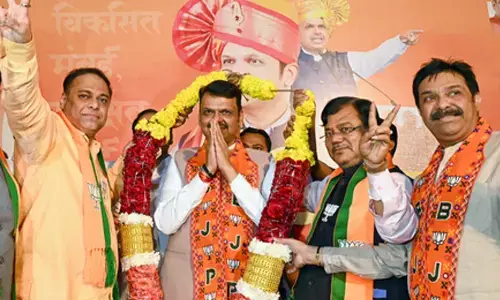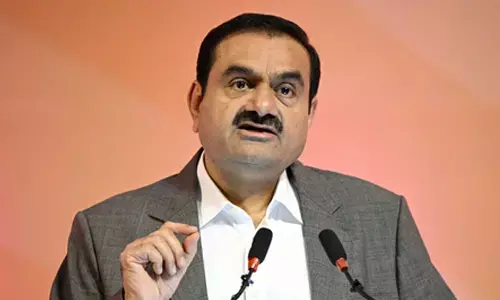Waste to Energy: Harnessing the Public Private Partnership model for a greener future

Waste To Energy: Harnessing The Public Private Partnership Model For A Greener Future. India’s major weakness in reference to trade and business has always been infrastructure. With the current government emphasizing on pushing the Swach Bharat, it is important that the private sector steps in.
India’s major weakness in reference to trade and business has always been infrastructure. With the current government emphasizing on pushing the Swach Bharat, it is important that the private sector steps in.
Considering that cities are an integral part of the business sector of India, it has always been in the best interest of private companies to improve urban infrastructure.
.jpg)
While necessities like hygiene, efficient waste-disposal, mobility and public transport, etc. are abysmal in the rural areas; the cities aren’t up to the mark either.
Ideally, in cities with a heavy population density, the importance to infrastructure must take pole position. The amount of waste that a city dispenses should be segregated, collected and dispensed off effectively to avoid resource wastage and health problems. However, the current scenario on Municipal Solid Waste (MSW) Management is bleak in the developed areas. Almost 1.3 Lakh metric tonnes of MSW are generated every day and only a slight fraction of this is treated in a scientific manner. According to estimates from a study done a few years ago, the National Task Force on Waste to Energy calculated that a potential of 439 MW of power can be generated from 32,890 tonnes of waste per day (12 million tonnes a year). The committee also estimated that India's municipal waste production will rise to 165 million tonnes a year by 2031 and 436 million tonnes by 2050.
In lieu of this, the government has started taking steps to combat the dire waste problem that India is going to be facing soon. While initiatives like Swach Bharat and Nirmal Bharat are admirable, the impact of these efforts has been minimal on ground. One of the main reasons for this is lack of execution and percolation of the projects undertaken, due to the scarcity of financial resources faced by most of the Urban Local Bodies (ULB). In this situation, a radical improvement only on the basis of government initiatives is a tough, uphill task.
This is where the Public Private Partnership (PPP) models can be a game-changer.A public–private partnership is a government service or private business venture which is funded and operated through a partnership of government and one or more private sector companies. Advanced technology,efficient processes and working in a civic environment being key for SWM projects, it was acknowledged that this sector could benefit greatly if government bodies tied up with private organizations.
While this model seems to work on paper, overall it hasn’t worked very well in India. Despite a few key projects like the Delhi and Mumbai metro, there aren’t many successful examples of PPP one can think of. This situation could either be due to the lack of understanding at the ULB levels of the meaning and scope of a PPP, inadequate of faulty concessional agreements or bureaucracy issues that cause dissettlement between the two sectors.
However, these issues can be solved with proper systems being set in place, with incentives to the private sector to partner with government projects successfully.
The availability of various technologies well adapted to the peculiar characteristics of Indian MSW, easy finance from banks through Green Bonds, awareness amongst population and thepassion to do something on ground amongst the ULBs, the private sector can play a major role to make our urban areas clean and green.
Authorities are coming to the realization that the renewable energy tariffsneed to be higher than conventional rates because solid waste has to be segregated and then processed to generate power. On the same lines compost from Municipal Solid Waste is being considered for special support price, making it more viable financially for the private sector. The gestation period of waste management projects also adds to the financial burden.To counter this, the concept of viability gap funding by the ULBs and the central government has been proposed.Through the Swach Bharat Kosh, not only the ULB’s but also the central government invests in a PPP project.
The profits can then be shared at a later stage in the same percentage as the investment. This ensures that the ULB’s, government nor the private organizations lose interest in the project and see it through. The government has also mandated that sustainable projects can be part of CSRactivities which is an added incentive for the private sector to play a leading role and cooperate with ULB’s to make the world a better place.
Overall, the steps being taken to merge the advanced technological innovations of the private sector along with government initiatives are in the right direction. Keeping these efforts up will see India on its way to a cleaner, greener tomorrow.
By Col Suresh Rege














